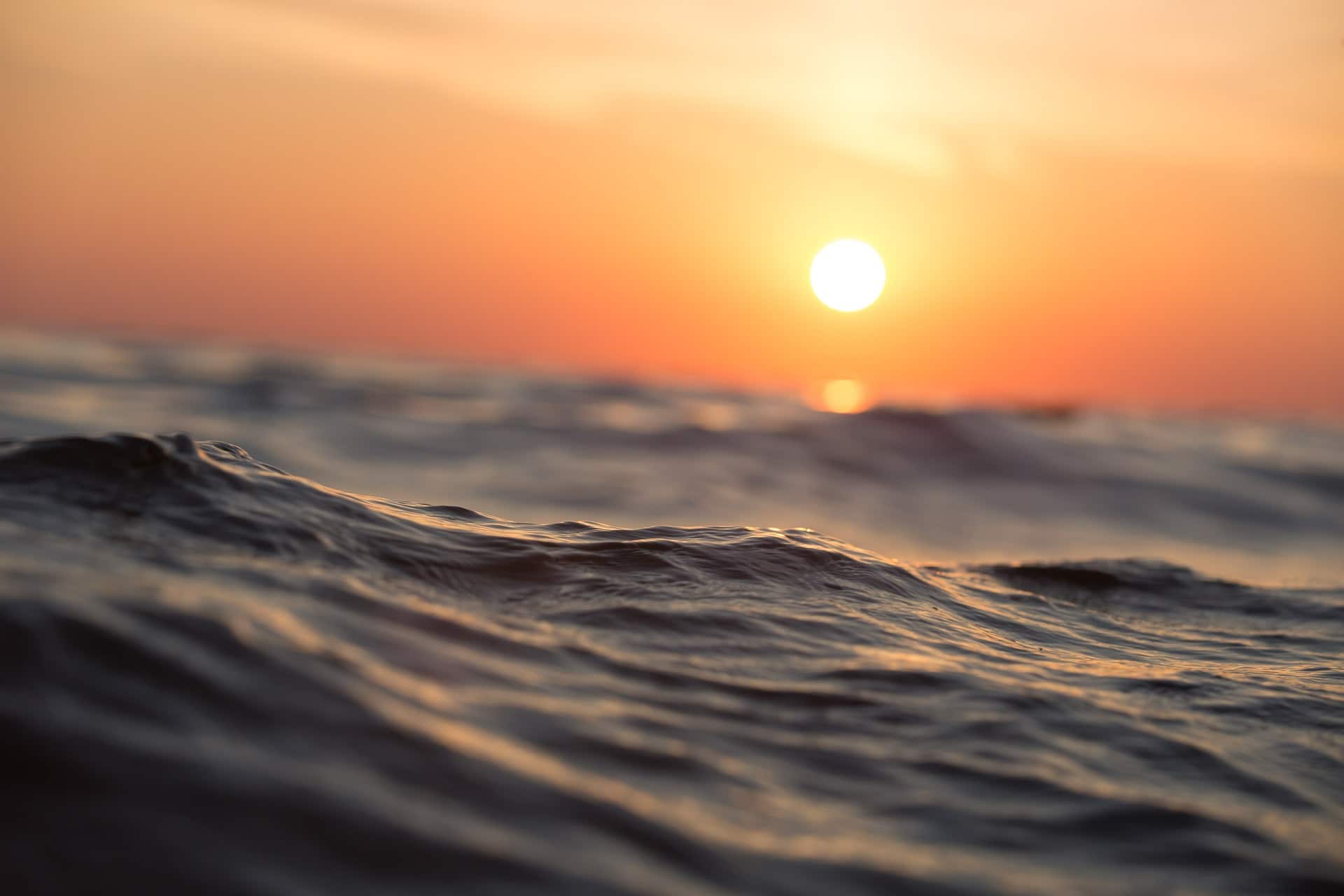As regions of Africa are physically ripping apart and a new ocean is emerging between them, fresh photos have revealed just how severe the damage is.

Kenya is really wonderful
Stunning images depict Africa separating as a new ocean begins to form.
Kenya is a nation in East Africa, formally known as the Republic of Kenya. According to the 2019 census, Kenya had a population of about 47.6 million, making it the seventh most populous country in Africa and the 27th most populous country in the world overall.
In recent years, two portions of land in Kenya have started to separate, and the two masses are now so far apart that a brand-new ocean will eventually pass through the gap.

The African nations of Zambia and Uganda may eventually have their own beaches if the divergence persists.
A new ocean known as the East African Rift will eventually pass across the rift, according to expert studies, millions of years from now.
Experts now understand the precise location where the break first appeared as the boundary of three tectonic plates that have been steadily drifting apart, according to the peer-reviewed journal Geophysical Research Letters.
The worldwide effort has found that the fracture, which initially appeared in the Ethiopian deserts in 2005, today extends 35 km.
It’s nature’s way
The University of Leeds’ Christopher Moore, a doctoral student pursuing a Ph.D., told NBC News that this is the only location on Earth where it is possible to research how a continental rift develops into an oceanic rift.
Moore used satellite radar technology to track volcanic activity in the East African region most frequently linked to the progressive disintegration of the continent.
The tectonic plate boundaries of the African, Arabian, and Somali plates are where the crack is located.
The Arabian plate has been progressively separating from Africa for the last 30 million years.
The Arabian plate is separating from Africa at a rate of roughly one inch per year, thus the distance is widening but not at a rate where you can detect it by looking at it.

However, it happens more slowly for the African and Somali plates, which are said to be dissolving at a pace of roughly half an inch to 0.2 inches per year.
The gap is predicted to continue to grow and eventually result in East Africa being a separate continent.
Professor emeritus of marine geophysics at the University of California, Ken Macdonald, explained: “You can measure movement rates with GPS down to a few millimeters each year.
“We can have a lot better understanding of what’s happening when we receive more and more measurements from GPS.
“The Red Sea and the Gulf of Aden will merge to form a new ocean as they pour across the Afar region and into the East African Rift Valley, separating that portion of East Africa into a new, tiny continent.
The world is really magnificent, and nature is the best work of art, isn’t it?


